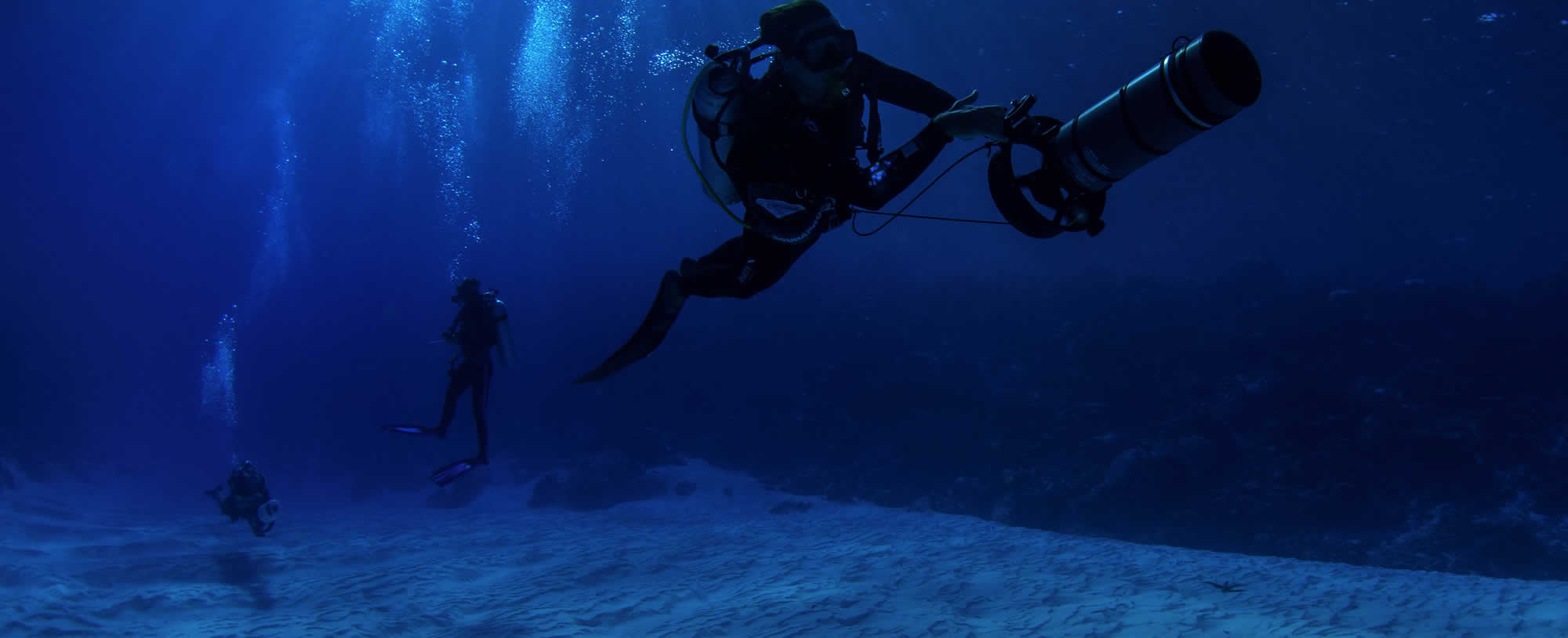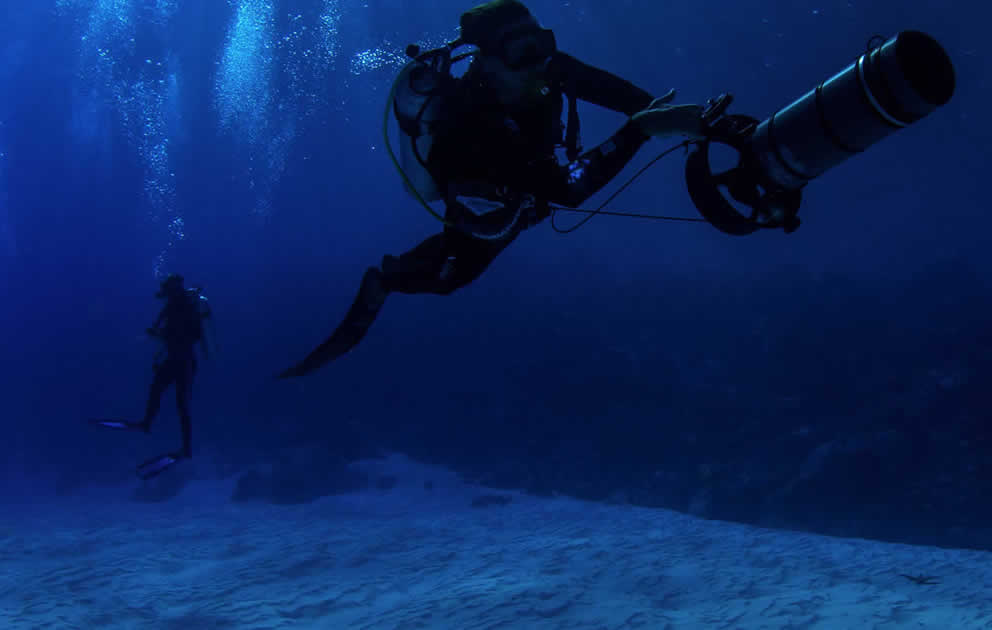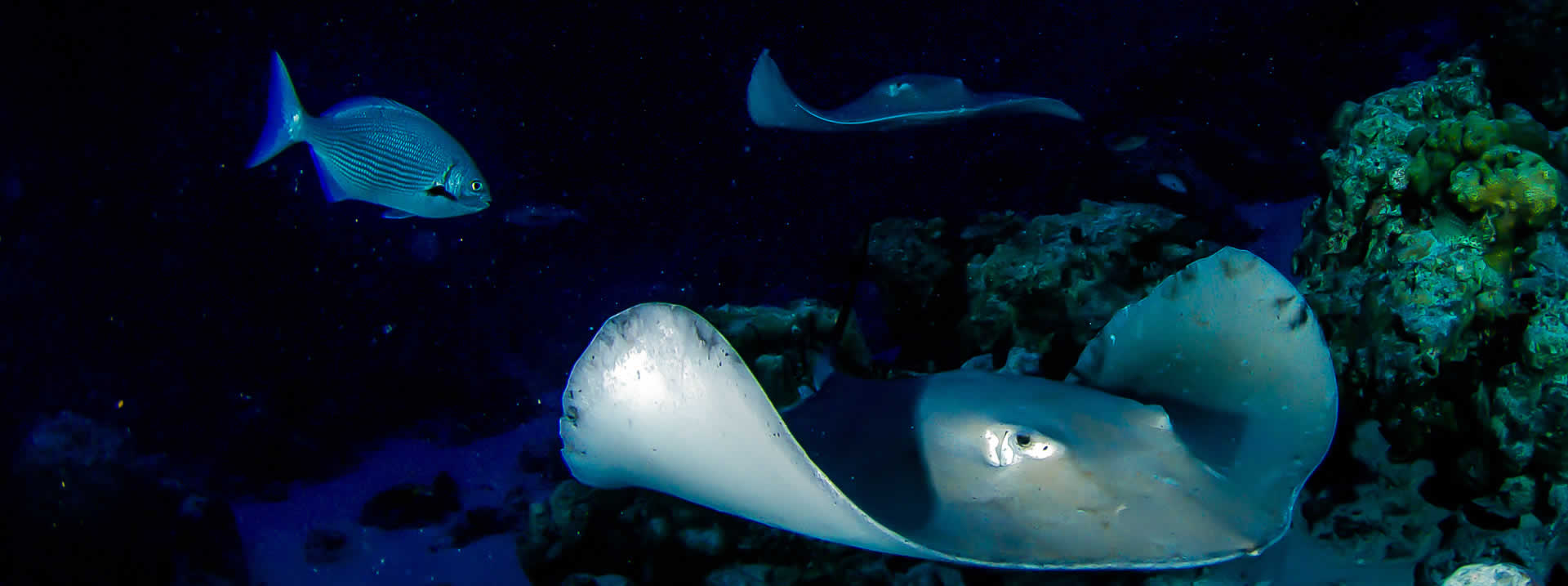Coral reefs are not dangerous places, but there are some points divers new to any region should bear in mind.
Sharks can be seen regularly.
Most sharks are not interested in humans, which are not part of their normal high-protein diet (unless provoked or cornered). However, if you see the 'threat display' (hunched back, nose up, pectoral fins down), it is wise to leave the scene slowly and quietly.
Tiger Sharks can be seen in the Deep South trips , located specially in the remote island of Fuvamulah where Ocean Divine spends at least a day on their way down and another day on the way up (check our calendar).
The most common types in the Maldives are the nurse, whitetip, reef black tip, grey reef and silvertip sharks.
Tiger Sharks can be seen in the Deep South trips , located specially in the remote island of Fuvamulah where Ocean Divine spends at least a day on their way down and another day on the way up (check our calendar).
The moray eels have very sharp teeth, but they , too , will keep clear unless provoked.
Predators who rely on ambush can be a problem for those who stumble about the reef rather than just , be neutral and use REEF HOOKS while on the reef!






